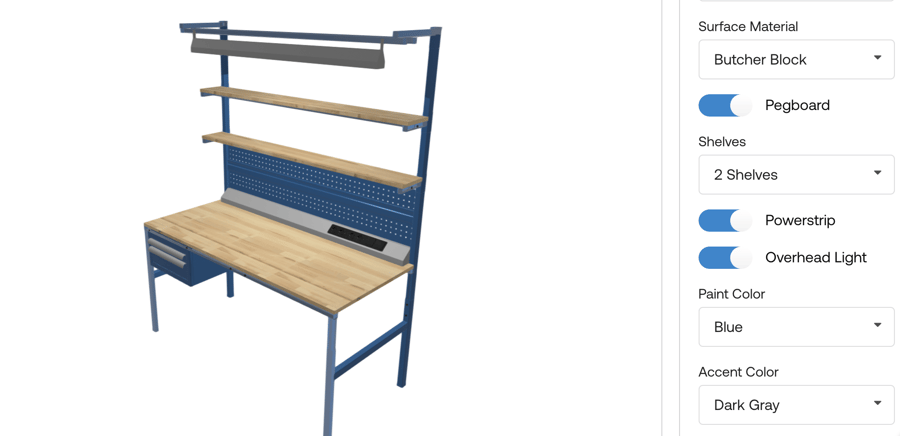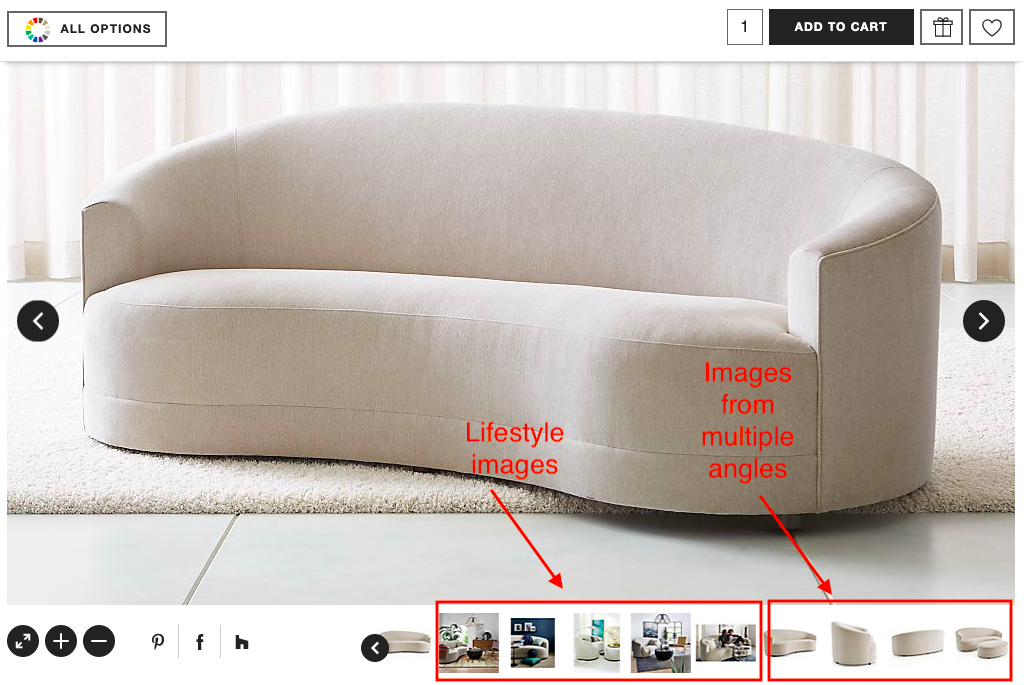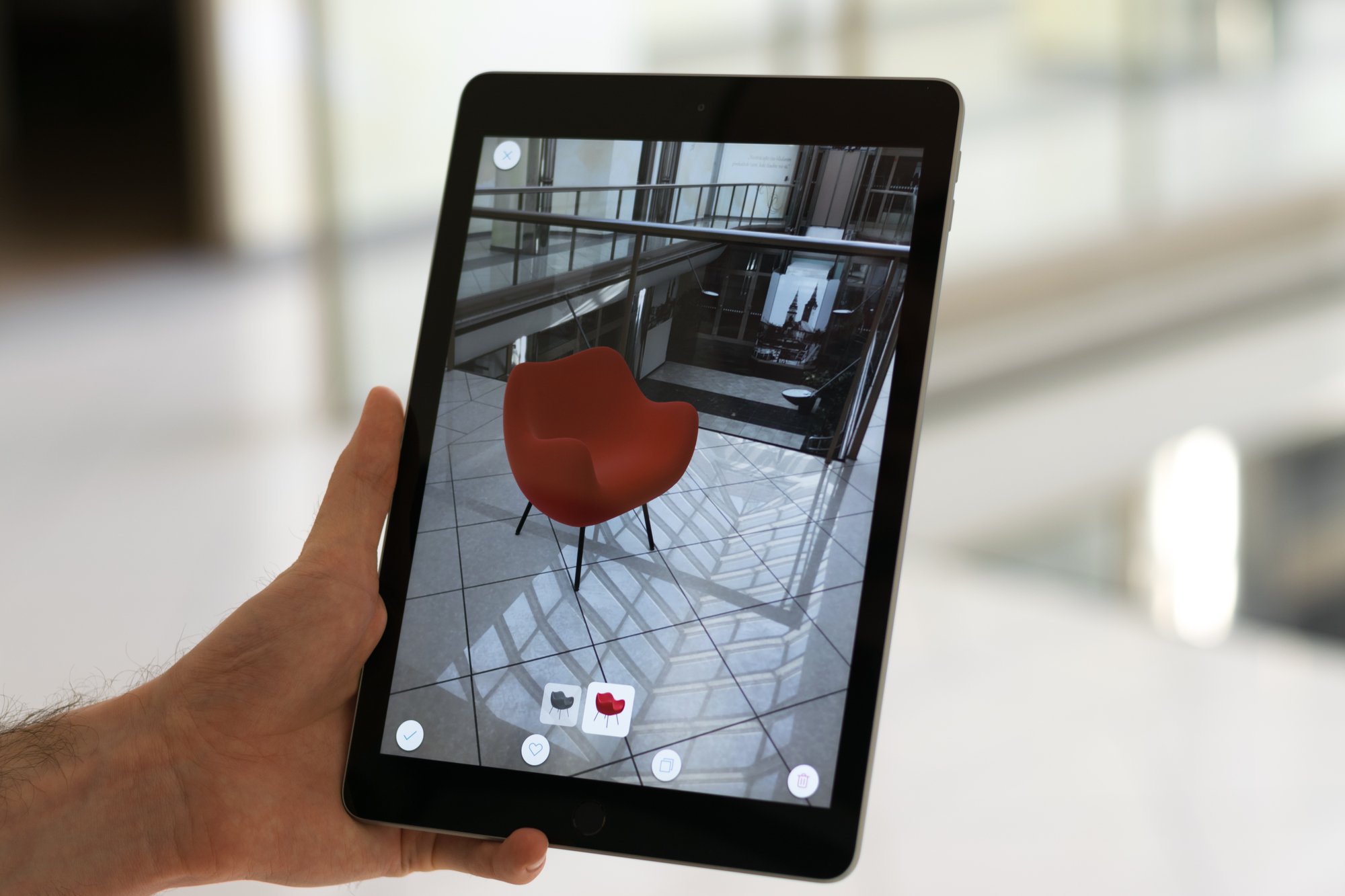Selling Contract Furniture in Our Increasingly Digital World
While contract furniture buyers – from restaurants to offices to airports – have adopted increasingly digitized operations in recent years, the process of buying contract furniture often remains fairly analog.
Admittedly, leaders like Herman Miller and Steelcase offer highly digitized purchase experiences, but smaller vendors typically don’t: hand-drafted quotes, manual spreadsheet updates on the back end, and long sales cycles that rely on in-person visits are the norm.

While these methods worked well enough a few months ago, they’re proving problematic in the age of social distancing: salespeople can’t visit clients. Manual processes introduce too many opportunities for miscommunications and mistakes, especially when everyone is in different locations. And unless a website includes highly communicative visuals, it’s not likely to entice many online buyers.
What’s equally important is that software that enables digitized purchase experiences is no longer prohibitively expensive for smaller vendors. By adopting such software, contract furniture sellers can become more efficient, create more compelling visual experiences for online audiences, and empower sales teams to sell more effectively even when they’re remote.
Here are three things a winning solution should do to sell contract furniture in a digital world:
1: Replace Spec Sheets & Hand-Drafted Quotes
For many contract furniture vendors, the feature that makes their products so great – configurability – also makes their price quoting system a nightmare.
 Even when a quoting process is only mildly complex, there’s a good chance vendors lose momentum in client conversations when they have to pause to review spec sheets and compile quotes by hand.
Even when a quoting process is only mildly complex, there’s a good chance vendors lose momentum in client conversations when they have to pause to review spec sheets and compile quotes by hand.
The right software can alleviate this pain point with configure, price, quote (CPQ) capabilities, which let vendors generate quotes in real time, as fast as clients configure products. The software should integrate seamlessly with a vendor’s bill of materials to make real-time quotes possible, which can be delivered to clients in various contexts:
- Those browsing a website independently could see pricing as they select various product features.
- Those working with a sales rep could hear instantly how various features would affect their costs.
For today’s consumers, who increasingly expect retail-like experiences even in B2B buying scenarios, this could be key to moving a conversation forward. With real-time quoting capabilities, contract furniture sellers don’t have to worry that a client will fail to respond to a follow-up email or phone calls once a quote is sent.
2: Streamline Back-of-House Operations
Today, every contract furniture vendor is competing with Amazon.
Even a client base that isn’t very price-sensitive is likely accustomed to an Amazon-like order and delivery experience: seamless, easy, fast.
Again, software can help here, assuming it…
- Plugs directly into an ERP: This lets vendors generate a complete list of parts automatically for even the most complex configurations.
- Tracks orders: It should also store customization details with tracking information to make it easy for clients to re-order.
- Uses webhooks: This technical feature integrates actions in real time, removing many opportunities for forgetfulness to cause errors.
- Allows custom APIs: These let vendors automate any workflow and even trigger post-order workflows.
With these features, for example, a contract furniture vendor could set up a workflow that triggered a customized email to any client who gets past a certain point without purchasing. The email could include a custom rendering of their configured product, plus price information, plus a “buy now” option and a direct phone number for a sales rep.
A similar message might go to the sales team to ensure follow-up if the client doesn’t reach out.
Such features can greatly increase a vendor’s efficiency by improving conversion rates without substantially increasing the work required for those conversions.
3: Arm Salespeople with Leading-Edge Tools
It’s one thing to be able to offer real-time quotes for furniture configurations.
It’s another to be able to show prospective buyers what those configurations look like in real time.
But no contract furniture software offering is complete without real-time 3D visualization capabilities.

Such visualizations can be a powerful tool for clients browsing on a contract furniture website. They can be even more powerful in the hands of experienced salespeople, who know which features perform well with various audiences and which combinations are likely to appeal to a client based on past purchases.
Because these visualizations can be easily shown via video conference, they make for a powerful selling tool during the age of social distancing we currently find ourselves in. When business travel again becomes possible, sales teams empowered with virtual configuration tools can save their companies thousands on travel costs without sacrificing client engagement.
By keeping the final product visible, these features also help keep clients focused on value rather than on price increases that various features might yield, which can help improve long-term satisfaction and repeat business (not to mention revenue).
Digital Tools Can Streamline Operations for Contract Furniture Sellers
The contract furniture industry is projected to grow 5.4 percent between 2018 and 2023. Those projections don’t take into account the many ways contract furniture buyers will likely update their spaces to accommodate new distancing norms as we return to public spaces, nor the ways individuals are currently furnishing home-based offices.
To be ready to meet growing demand – and to continue selling in an era without in-person meetings – contract furniture sellers can rely on software like Threekit to digitize processes, introduce new efficiencies, create more compelling visual experiences, and empower their sales teams to sell from anywhere.
Threekit is product visualization software that creates photorealistic images, interactive 3D and augmented reality experiences that help businesses sell more. To learn more, please schedule some time with one of our teammates.


